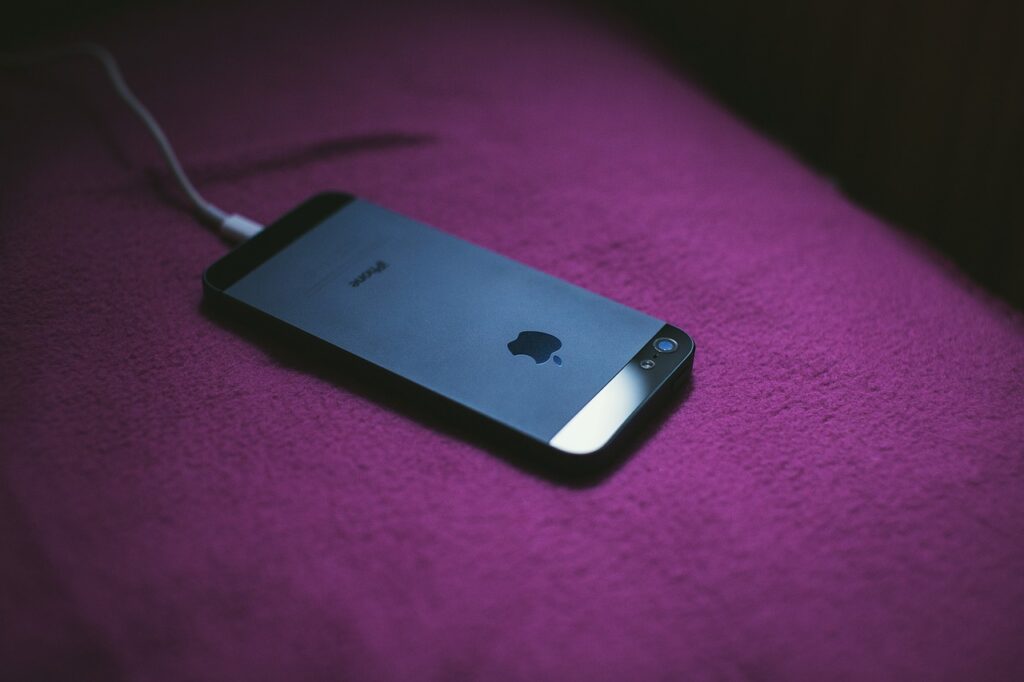Know how much you will spend by leaving the charger plugged in without using it. It is important to disconnect it when removing the cell phone.
A common practice among many users is to remove the cell phone from the charger and leave it plugged into the socket. But did you know that leaving the cell phone charger plugged in, even when it is not in use, can result in energy consumption? The phenomenon, which is known as “phantom power”, may seem insignificant, but over time it can add up to extra costs on your electricity bill.
And this phenomenon doesn't just occur with cell phone chargers, but also with other electronic devices, such as tablets, smartwatches and notebooks. If you consider other electronic devices that are also left on without being used in your home, such as televisions, computers, consoles and others, the cost can increase even more.
Learn more about energy consumption and check out some tips to save!

Phantom consumption
Electronic device chargers, like cell phones, tablets, smartwatches and laptops consume energy even when they are not charging. This consumption is called “phantom power” because it occurs in standby mode. Although this consumption is low, when we consider the accumulation of devices present in a home, the costs can increase significantly.
Standby power consumption varies between devices. A mobile phone charger can consume between 0.1 and 0.5 watts in standby mode, while an iPhone charger consumes around 0.26 watts in standby mode. While this may not seem like much, it can have an impact on your energy bill.
Annual cost
A practical example is: if you have a iPhone charger that remains plugged into the socket 24 hours a day, 7 days a week, all year round, it consumes an average of 2.28 kWh annually. Considering an average cost of 0.70 per kWh, this would result in about R$1.60 of expenditure per year, less than R$0.15 per month.
This is a low price at first glance. However, it is important to remember that this is the cost of just one charger. If you take into account other electronic devices that are also left on without being used at home, such as consoles, televisions, computers and others, the cost can increase significantly.
Standby Consumption
It is very common to think that a charger only consumes energy when it is connected to a device, since its function is precisely to increase the charge of the battery. Chargers have transformers and internal circuits that continue to operate even when they are not connected to any device. These circuits remain connected to the power source, which results in energy consumption. Newer chargers are designed to reduce this consumption, saving energy and benefiting consumers.
Tips
Now that you understand how phantom power from chargers can affect your energy bill, check out some tips that can help you save a lot:
1 – Unplug chargers from the sockets when not in use. This is the simplest and most effective way to avoid unnecessary consumption of electricity.
2 – Adopt conscious consumption habits. In addition to unplugging chargers when not in use, turn off devices completely when they are not being used.
3 – Opt for smart chargers that automatically turn off when the device is fully charged.
4- Consider investing in equipment with energy efficiency certification, such as the Procel seal, which guarantees more economical consumption.



